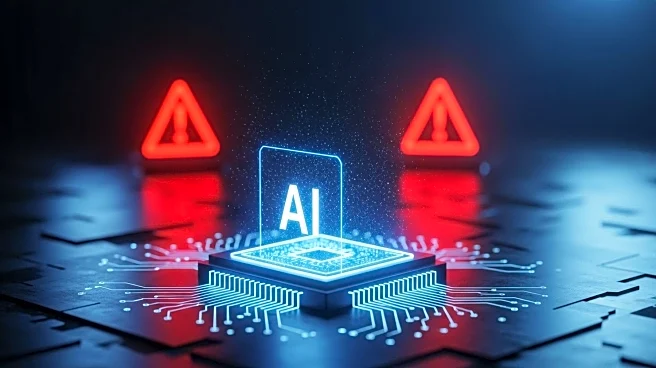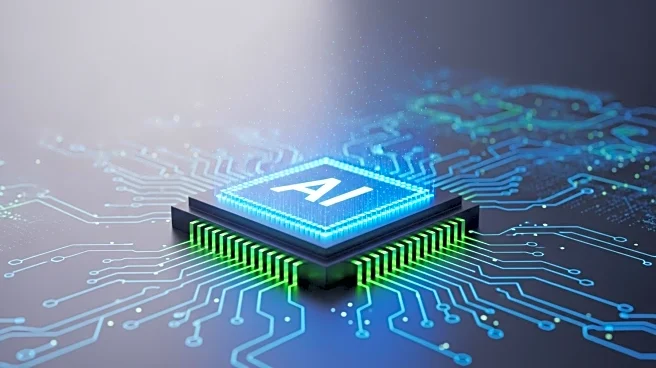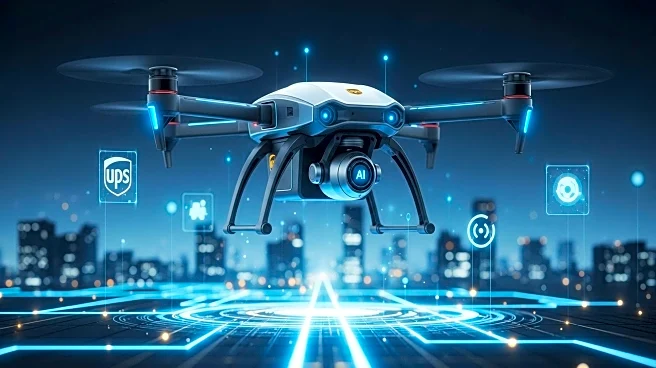What is the story about?
What's Happening?
The ransomware-as-a-service (RaaS) landscape has seen significant activity in the first half of 2025, with a 179% increase in attacks compared to the same period in 2024. According to Flashpoint, the U.S. has been the most targeted country, with the manufacturing and technology sectors being primary targets. The top five most active RaaS groups include Akira, known for exploiting a SonicWall vulnerability, and Cl0p, which has targeted U.S. government organizations. Other notable groups are Qilin, Safepay, and RansomHub, each contributing to the widespread impact of ransomware attacks. The RaaS model has lowered the barrier for entry, allowing less skilled threat actors to launch attacks, thereby increasing the frequency and reach of these cyber threats.
Why It's Important?
The surge in ransomware attacks poses a significant threat to U.S. industries, particularly manufacturing and technology, which are critical to the nation's economic stability and innovation. The involvement of RaaS groups like Akira and Cl0p highlights the evolving nature of cyber threats, where even less skilled actors can cause substantial damage. This trend underscores the urgent need for robust cybersecurity measures and effective patch management protocols to protect against vulnerabilities. The economic impact of these attacks can be severe, potentially disrupting operations, causing financial losses, and damaging reputations. As these groups continue to evolve and adopt new tactics, including the use of AI, the threat landscape becomes increasingly complex, necessitating proactive and adaptive security strategies.
What's Next?
Organizations are expected to enhance their cybersecurity defenses, focusing on patch management and monitoring for potential vulnerabilities. The use of AI by ransomware groups, although not yet widespread, could become more prevalent, prompting companies to invest in advanced threat detection and response capabilities. Government agencies may also increase collaboration with private sectors to develop comprehensive strategies to combat ransomware threats. As the RaaS model continues to evolve, businesses must remain vigilant and adaptable to protect their assets and data from these persistent cyber threats.
Beyond the Headlines
The rise of RaaS groups and their ability to exploit unpatched vulnerabilities raises ethical and legal questions about software security and responsibility. Companies may face increased pressure to ensure their products are secure and to provide timely updates to prevent exploitation. Additionally, the use of AI in cyber attacks could lead to regulatory scrutiny and the development of new policies to address the ethical implications of AI in cybersecurity.
AI Generated Content
Do you find this article useful?















